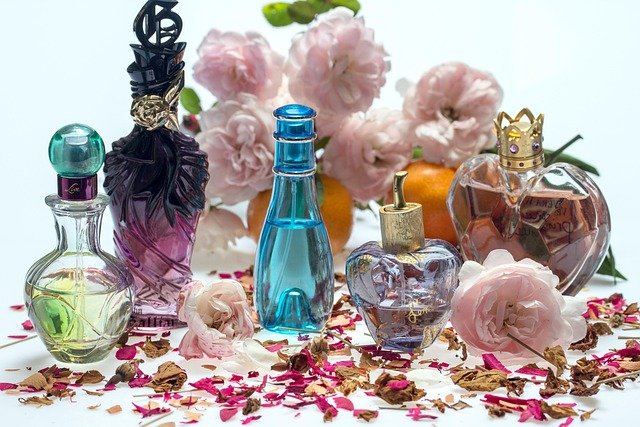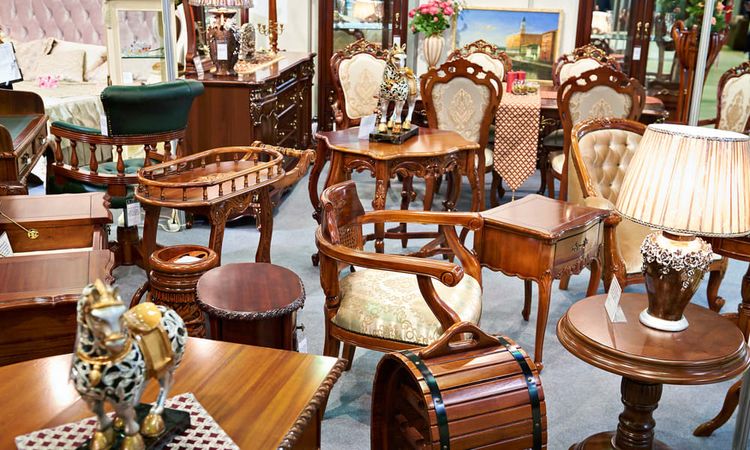Luxury Perfume: A Practical Guide to Choosing, Understanding, and Caring for Fine Fragrances
Luxury fragrance can feel elusive, but a clear framework makes it easier to navigate. This guide explains what elevates a scent to “luxury,” how compositions are built, practical ways to test and wear perfume for better performance, and how to store bottles so they last longer while keeping an eye on value over time.

Luxury Perfume: A Practical Guide to Choosing, Understanding, and Caring for Fine Fragrances
Luxury fragrance rewards patience and curiosity. Beyond a famous name, it reflects high-quality materials, careful formulation, rigorous testing, and thoughtful presentation. By understanding how notes and concentrations work, how to sample responsibly, and how to store and apply perfumes, you can make informed choices that suit your taste, routines, and budget without relying on hype.
What defines a luxury perfume: materials, craftsmanship, and brand standards
True luxury starts with materials and process. Brands source naturals (such as rose, jasmine, oud) alongside modern aroma molecules to achieve nuance and consistency. Craftsmanship shows in long maceration, precise filtration, and quality control that reduces batch variation. Brand standards matter too: transparent ingredient policies, IFRA compliance, responsible sourcing, and durable packaging. These choices contribute to performance, complexity, and the overall experience rather than merely signaling status.
Fragrance structure: notes, concentration, and formulation
Most scents unfold in tiers: top notes (the opening), heart or middle notes (the character), and base notes (the lingering foundation). Concentration influences projection and longevity: extrait/Parfum is typically richest, Eau de Parfum (EDP) balances presence and wear time, Eau de Toilette (EDT) is often brighter, and cologne strengths feel airy. Formulation blends naturals, synthetics, solvent (usually ethanol), water, and fixatives. Aging (maceration) can harmonize components; careful formulation helps a perfume project smoothly from top to dry-down.
How to choose a luxury scent: testing, personal context, and budget
Begin with blotter tests to filter options, then try 1–2 on skin, leaving several hours to experience the dry-down. Avoid “nose fatigue” by pausing between tests or sniffing a neutral scent-free surface. Consider season, climate, and setting—some compositions suit warm weather or casual days, others shine in cooler air or formal events. For budgeting, start with samples or discovery sets, evaluate cost-per-wear, and note redundancy within your collection. Prioritize bottles you’ll truly use rather than accumulating similar styles.
Application and wear: placement, layering, and maximizing longevity
Apply to clean, moisturized skin at pulse points (wrists, inner elbows, base of neck). Spray from 10–20 cm and avoid rubbing, which can dull the top notes. To extend longevity, layer with unscented moisturizer or a matching body product. Spraying a light mist on clothing can add diffusion, but test fabrics first and avoid delicate materials. Hair holds scent well; use at a distance or a hair-safe mist to prevent dryness. Adjust number of sprays to your environment and company.
Luxury pricing varies widely, driven by materials, concentration, bottle size, and brand positioning. As a practical reference point, many designer EDPs sit roughly in the low-to-mid hundreds (USD) for 50 ml, while niche perfumes often exceed that, especially when rare naturals or limited production are involved. Travel sizes and decants can stretch a budget and help you assess cost-per-wear before committing to a full bottle.
| Product/Service | Provider | Cost Estimation |
|---|---|---|
| No. 5 Eau de Parfum 50 ml | Chanel | USD 115–150 |
| Sauvage Elixir 60 ml | Dior | USD 170–230 |
| Aventus Eau de Parfum 50 ml | Creed | USD 300–450 |
| Santal 33 Eau de Parfum 50 ml | Le Labo | USD 250–350 |
| Baccarat Rouge 540 EDP 70 ml | Maison Francis Kurkdjian | USD 290–380 |
Prices, rates, or cost estimates mentioned in this article are based on the latest available information but may change over time. Independent research is advised before making financial decisions.
Storage, care, and evaluating value over time
Light, heat, and air are the main enemies of fragrance. Store bottles upright in a cool, dark place, minimizing temperature swings and sunlight. Keep caps on firmly; avoid frequent unnecessary spraying to reduce oxygen exposure. Well-made scents can last years, though natural-heavy formulas may evolve faster. Evaluate value by cost-per-wear, versatility across seasons and settings, and how uniquely a scent fills a gap in your wardrobe. Occasional decants can lower cost while preserving your bottle.
A thoughtful approach to luxury fragrance blends curiosity with discipline: learn how compositions work, sample intentionally, document impressions over full wearings, and maintain your bottles with care. With time, you’ll identify styles that feel authentic, perform well in your routines, and justify their place in a collection focused on enjoyment and long-term use.




